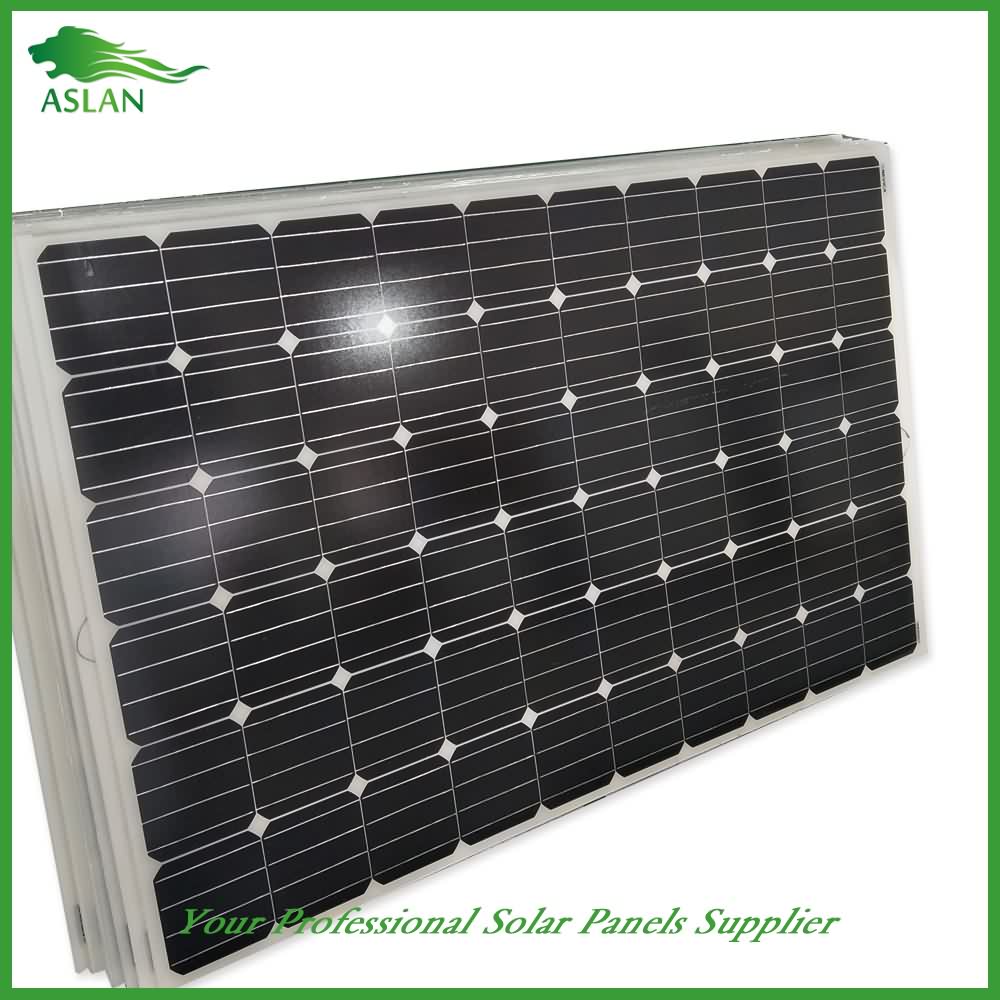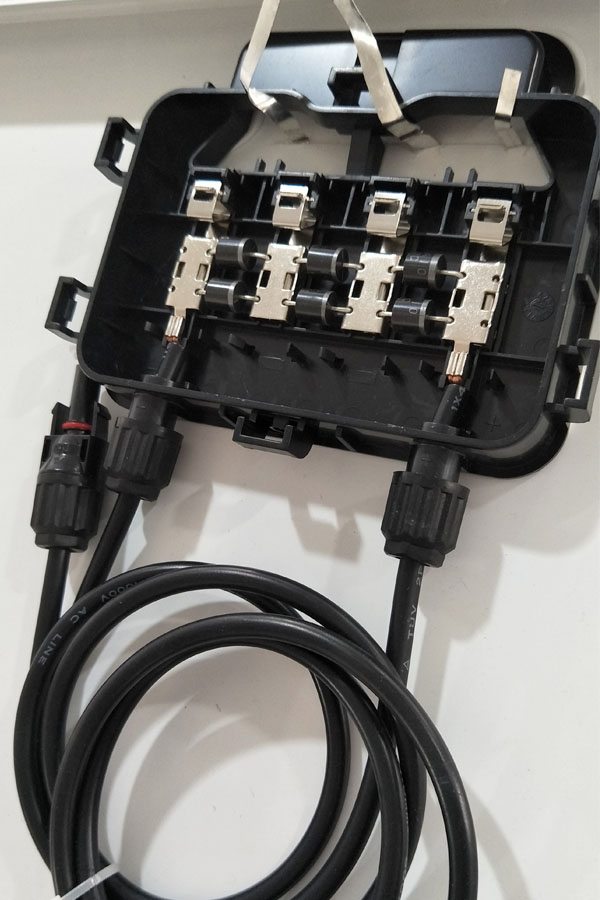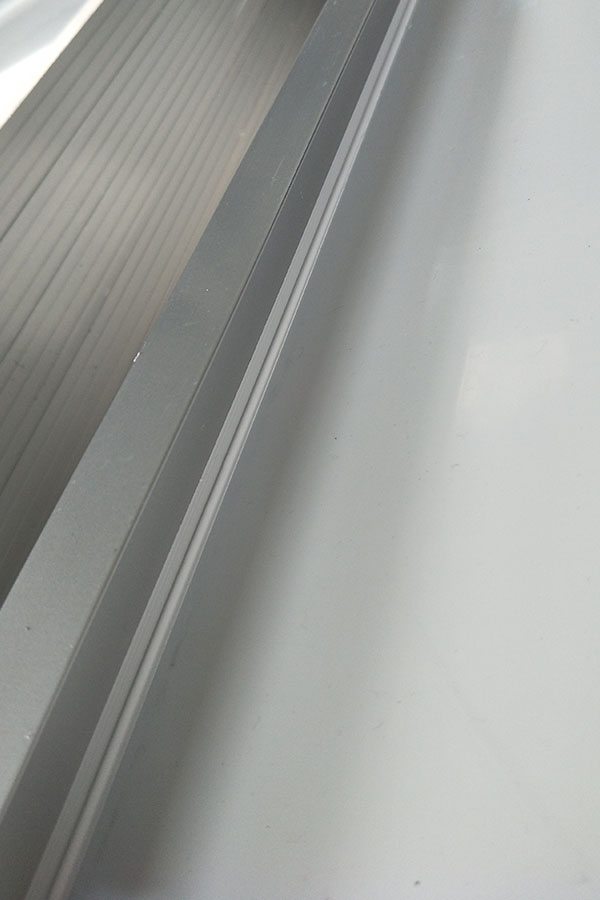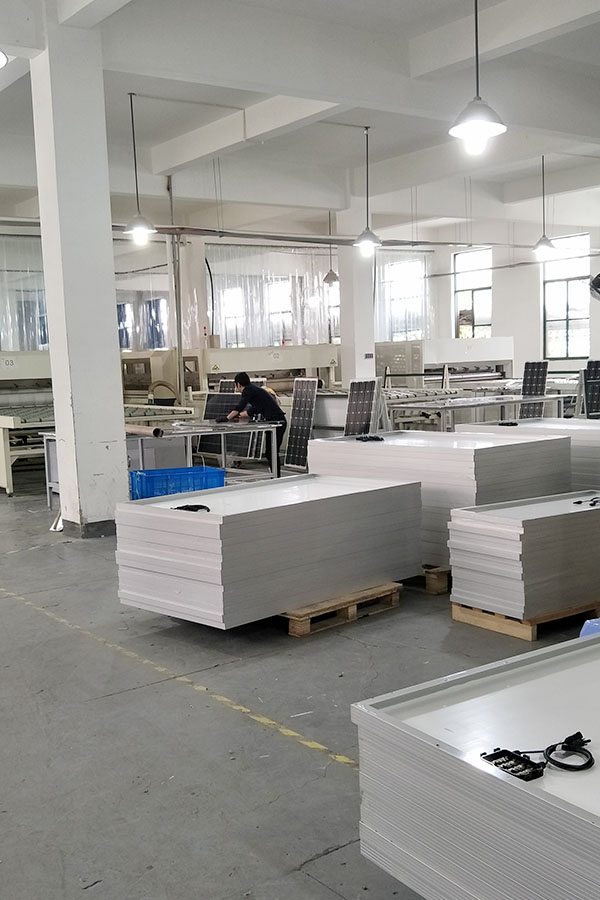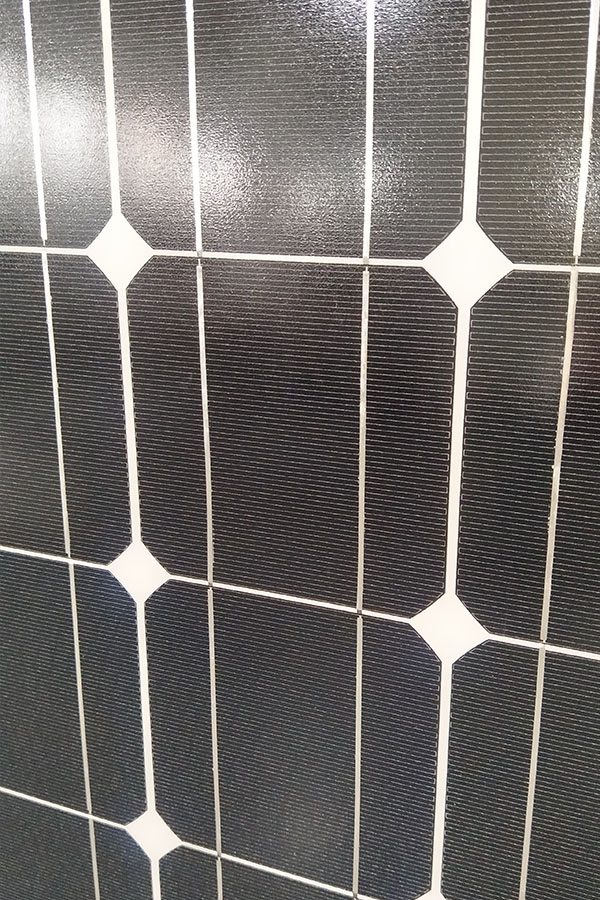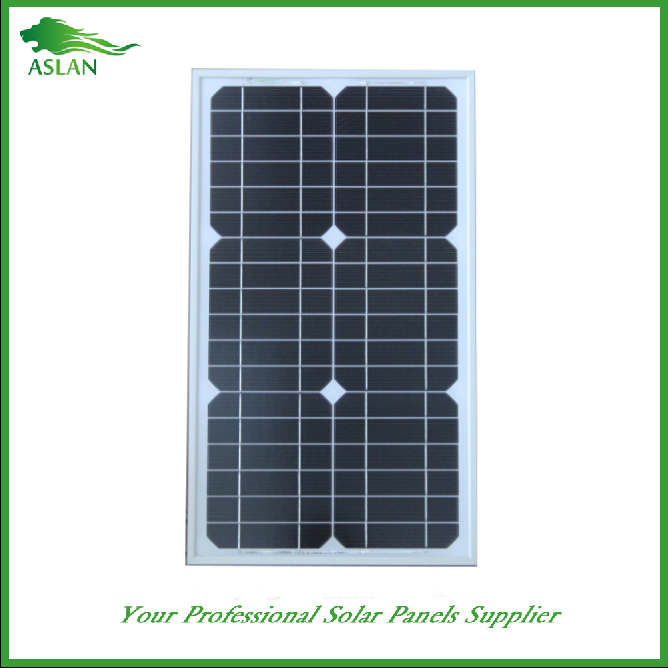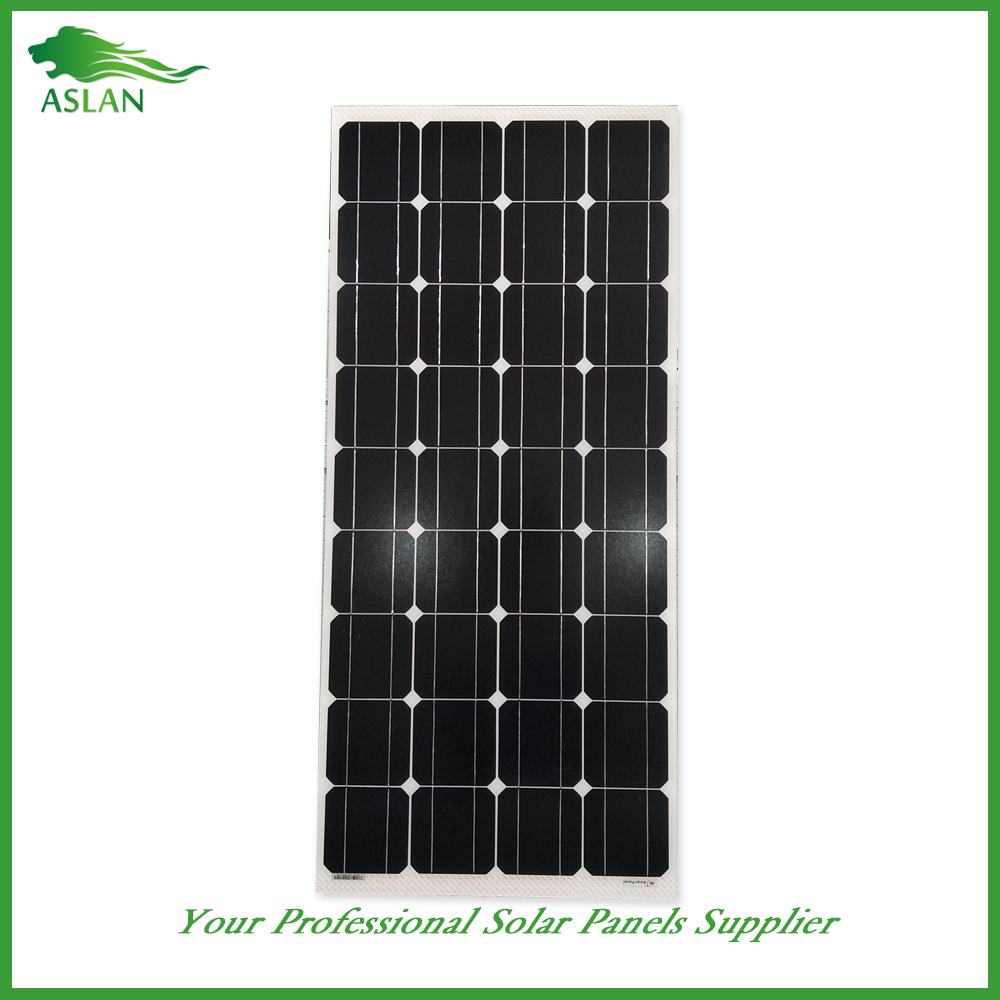OEM China High quality Mono-Crystalline 250W Solar Panel Factory in Lesotho
Short Description:
All we do is always associated with our tenet " Customer first, Trust first, devoting on the food packaging and environmental protection for OEM China High quality Mono-Crystalline 250W Solar Panel Factory in Lesotho, We are sincerely welcome good friends from numerous circles at dwelling and abroad come to cooperate!
Mono-Crystalline 250W Solar Panel
Technical parameter
Maximum Power(W) 250W
Optimum Power Voltage(Vmp) 30.3V
Optimum Operating Current(Imp) 8.29A
Open Circuit Voltage(Voc) 36.76V
Short Circuit Current(Isc) 8.91A
Mechanical Characteristics
Cell Type Monocrystalline 156x156mm (6 inch)
No of Cell 60 (6x10pcs)
Dimensions 1640x990x40mm
Weight 18.0KGS
Front Glass 3.2mm,High Transmission, Low Iron,Tempered Glass
Junction box IP65 Rated
Output Cable TUV 1×4.0mm2/UL12AWG,Length:900mm
Temperature and Coefficients
Operating Temperature(°C): -40°C ~ + 85°C
Maximum System Voltage: 600V(UL)/1000V(IEC) DC
Maximum Rated Current Series: 15A
Temperature Coefficients of Pmax: -0.47%
Temperature Coefficients of Voc: -0.389%
Temperature Coefficients of Isc: 0.057%
Nominal Operationg Cell Temperature (NOCT): 47+/-2°C
Materials of solar panel
1).Solar Cell——Mono-crystalline solar cell 156*156mm
2).Front Glass——-3.2mm, high transmission, low iron, tempered glass
3).EVA——-excellent anti-aging EVA
4).TPT——-TPT hot seal made of flame resistance
5).Frame——anodized aluminum profile
6).Junction Box——-IP65 rated, high quality, with diode protection
Superiority: high quality anodized aluminum frame, high efficiency long life, easy installation, strong wind resistance, strong hail resistance.
Features
1. High cell efficiency with quality silicon materials for long term output stability
2. Strictly quality control ensure the stability and reliability, totally 23 QC procedures
3. High transmittance low iron tempered glass with enhanced stiffness and impact resistance
4. Both Polycrystalline and Mono-crystalline
5. Excellent performance in harsh weather
6. Outstanding electrical performance under high temperature and low irradiance
Quality assurance testing
Thermal cycling test
Thermal shock test
Thermal/Freezing and high humidity cycling test
Electrical isolation test
Hail impact test
Mechanical, wind and twist loading test
Salt mist test
Light and water-exposure test
Moist carbon dioxide/sulphur dioxide
A simple guide to controlling 12 volt LED strips from your Arduino using an N Channel Mosfet.
In my example I’m using PWM to fade the 12v LED strip, but you could just as easily turn the LED strip on and off instead of fading it. Also it doesn’t have to be an LED strip and it doesn’t have to be 12v!
If you’re going to drive a motor or a relay (or any inductive load) using this setup, you should add a diode across the positive and negative input of the motor/relay to avoid any back voltage.
I’ve over simplified things in terms of my description and the circuit, but it should be enough to get you up and running and to give you a basic understanding of how an N-Channel Mosfet works.
Pretty much any N Channel Mosfet will be fine, but ideally you want to go for an L series, because the gate can be reliably driven at lower voltages, such as the 5 volt from the Arduino.
If you’re curious, a MOSFET is a metal–oxide–semiconductor field-effect transistor. The benefit of a MOSFET over the traditional relay is that it can turn on and off extremely quickly, meaning it’s suitable for PWM, compared to the old coil relay which can’t turn on and off so quickly. Of course a modern solid state relay can compare against a mosfet or transistor.
SUPPORT ME: If you enjoyed this video, please remember to give a LIKE and click here to subscribe to my channel – http://www.youtube.com/subscription_center?add_user=philstuffs
PARTE 2: https://www.youtube.com/watch?v=EEOBYulZ_fI
PARTE 3: https://www.youtube.com/watch?v=6mdBnIt0xIQ
Para 2 painéis de 240 watts cada:
#135 celulas solares 4w cada, total: 540 watts R$ 450.
(São 120 + 15 caso haja quebras)
#Pistola de aplicação + 2 Tubo De Silicone(300 ml) R$ 60.
#4 Solar-Tite(dois 384 e dois 7741-TE) R$ 100.
(ver modo de aplicar no ebay).
#2 Vidros Temperados 165 x 96 cm R$ 300.
(para Células de 6 x 6 = 156 x 156mm de Três faixas).
#10,5 metros Cantoneiras Alumínio R$ 100. (não polidas).
#Frete(Células e Solar-Tite) R$ 100.
TOTAL: R$ 1.110.
## Um Pronto no ML o mais barato de 245watts é R$ 999,
Dois R$ 2000 + 200 frete: TOTAL 2.200 ##
Obs: celula solar e solar-tite no ebay, cada painel solar
tem 10 linhas e 6 colunas de células.
DESENHO ESQUEMÁTICO:
http://www.flickr.com/photos/81952406@N02/7508641212/lightbox/
